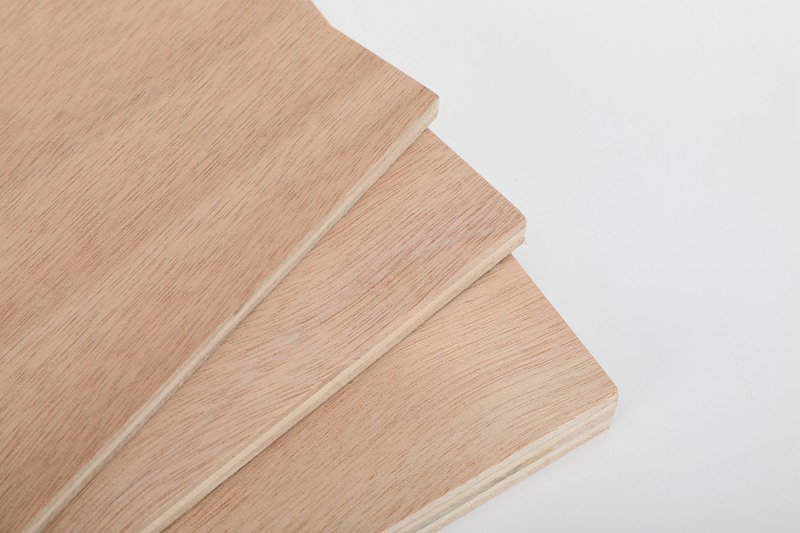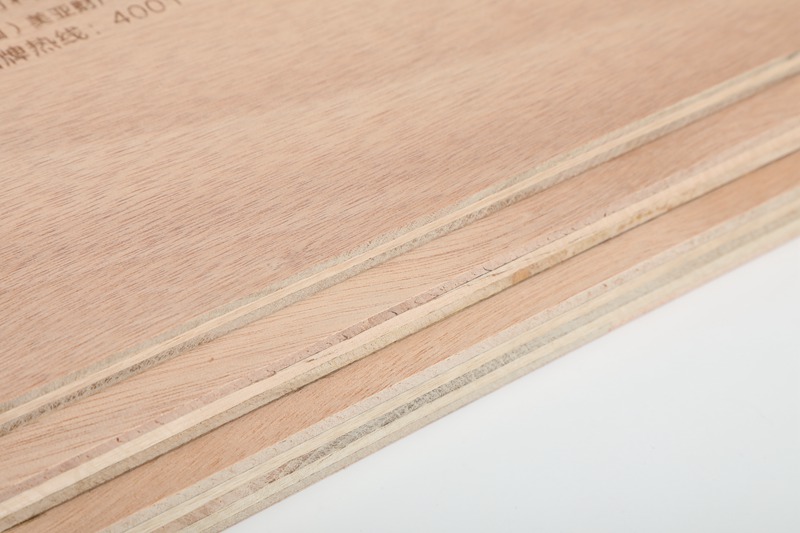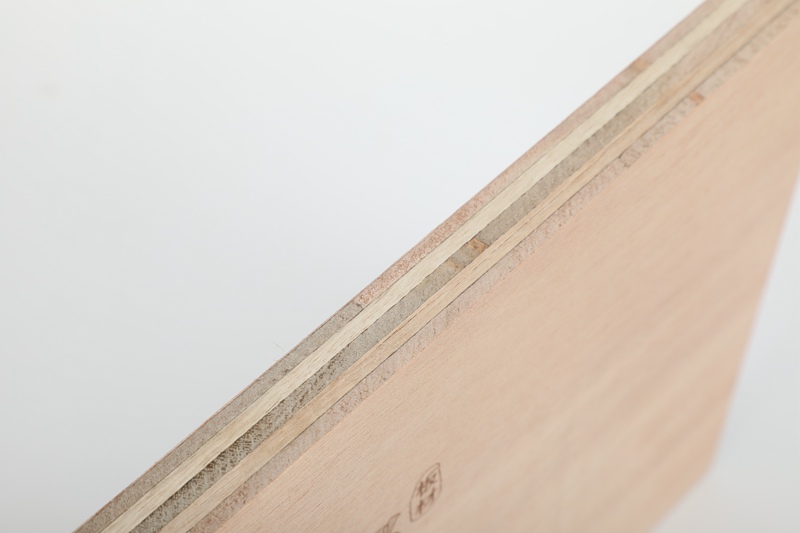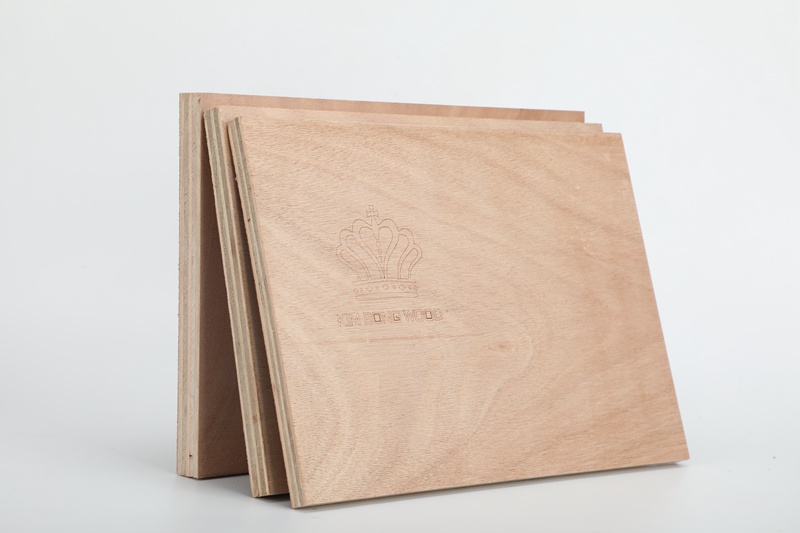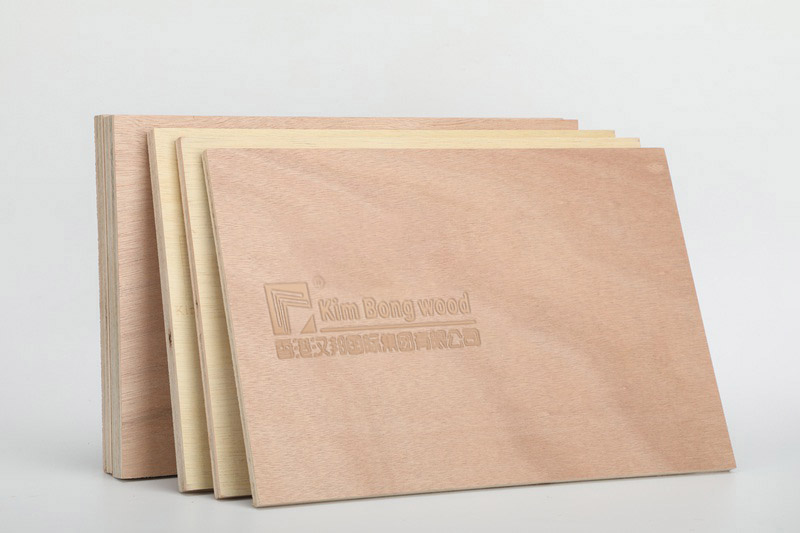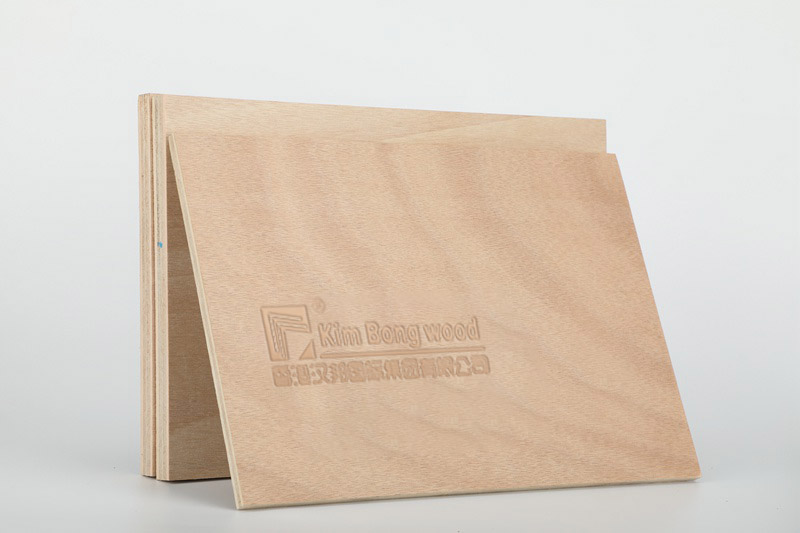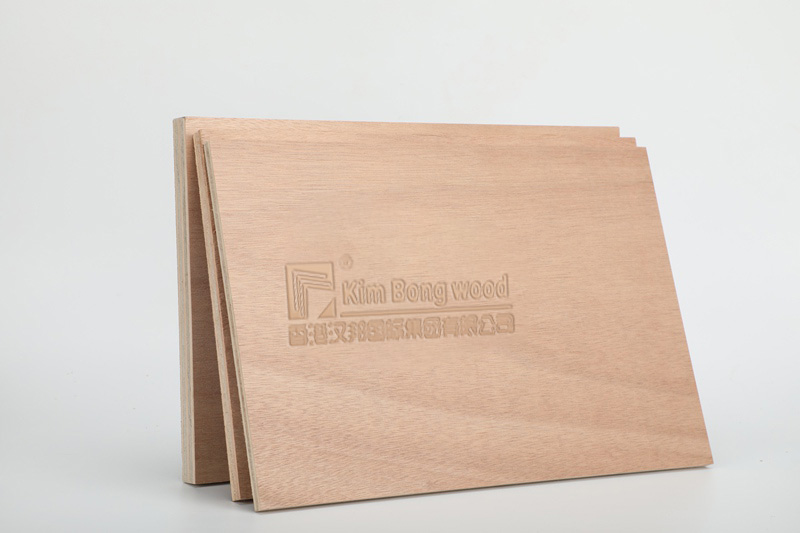Fire Retardant Marine Grade Plywood
Please click the button below to contact us.
Introduction:Fire Retardant Marine Grade Plywood is a high-performance plywood designed for the marine environment, combining the dual characteristics of fire resistance and seawater corrosion resistance.
Product Description
Fire Retardant Marine Grade Plywood is a high-performance plywood designed for the marine environment, combining the dual characteristics of fire resistance and seawater corrosion resistance. It ensures that the board can maintain stable performance in high temperature, humidity and salt spray environments by adding flame retardant agents and using water-resistant adhesives such as phenolic resins. This product is widely used in the fields of ship manufacturing, marine engineering and high humidity industries, and is a key material to ensure structural safety and durability.
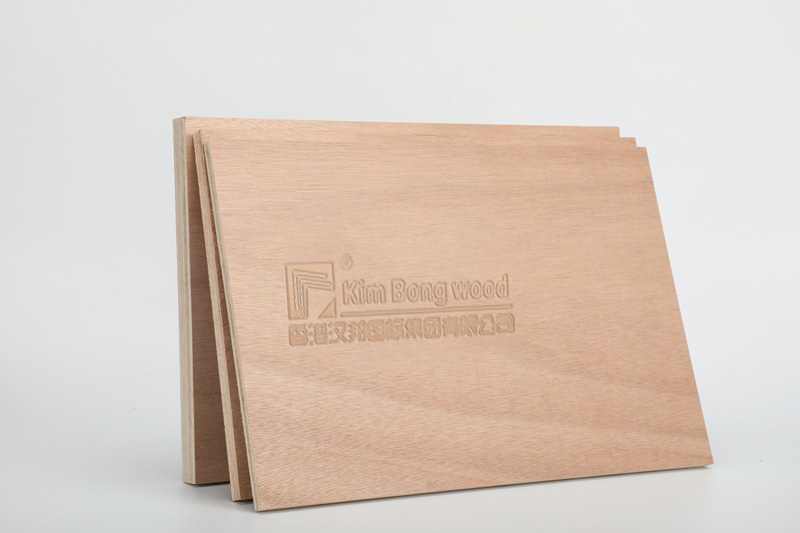
Fire Retardant Marine Grade plywood Parameters:
| Item | Parameter |
| Place of Origin | China |
| MOQ | 1000 pc |
| General Specifications | 5mm, 9mm, 12mm, 15mm, 18mm |
| Logo | Accept Customized Logo |
| OEM/ODM | Availalbe |
| Packaging | Regenerated Wooden Base |
| Transportation | By Sea/By land |
| Quality/Safety Certification | GB/T19001-2016/ISO9001:2015, Hi-tech Enterprise, Attestation of Chinese Environment Mark |
Features of Fire Retardant Marine Grade plywood
Fire-retardant performance
High flame retardant grade: Comply with international fire protection standards (such as ASTM E84, BS 476), and some products can meet the A-level non-combustible standards.
Delay the fire: When encountering fire, carbonization layer forms on the surface, preventing the flame from entering the inside of the board and reducing the combustion intensity.
Resistant to seawater corrosion
Phenolic resin adhesive: Compared with ordinary urea and formaldehyde resin, phenolic resin has stronger water resistance and chemical corrosion resistance, and is suitable for long-term exposure to seawater environments.
Anti-salt spray corrosion: The surface has been specially treated to prevent salt spray from penetration causing the sheet to expand or delaminate.
High strength and stability
Multi-layer structure: It adopts cross-gluing of odd-number veneers to improve the bending and compressive resistance of the board, and is suitable for load-bearing structure.
Low water absorption rate: The water absorption expansion rate is less than 8%, ensuring dimensional stability in humid environments.
Environmental protection and safety
Low smoke and non-toxic: Very few smoke and toxic gases are released during combustion, and they meet international environmental standards (such as E0 level formaldehyde emission).
No hazardous substances: no heavy metals or harmful chemicals are used during the production process to protect the health of personnel.
Easy to process
Easy to cut and drill: retains the processing characteristics of ordinary plywood to meet complex design needs.
Variety of surface treatments: can be veneered, painted or used directly to suit different decorative styles.
Fire Retardant Marine Grade Plywood application fields
Fire-resistant marine plywood plays a key role in a variety of fields thanks to its comprehensive performance:
Shipbuilding and marine engineering
Hull structure: used in decks, bulkheads, hulls and other parts to improve the overall fire and corrosion resistance of the ship.
Yachts and speedboats: The interior and exterior materials are made of fire-resistant marine plywood to ensure passenger safety and extend the service life of the ship.
Ocean platform: In drilling platforms and offshore wind power facilities, it serves as structural support and fireproof isolation layer to reduce fire risks.
Transportation
Railway and subway: Fire-proof marine plywood is used for interiors, partitions and ceilings to improve the safety of public transportation.
Aircraft and helicopter: This material is used for interior decoration and structural parts to meet the fire protection and lightweight needs in the aviation field.
Building and Infrastructure
High humidity areas: walls and ceilings of bathrooms, kitchens, swimming pools and other places to prevent the deformation of the boards in humid environments.
Coastal buildings: The exterior walls and roofs of beachfront villas, resorts and other buildings, resisting salt fog erosion.
Industry and warehousing
Chemical plants and warehouses: Replace traditional wood materials to reduce fire risks in flammable and explosive environments.
Cold chain logistics: In low-temperature environments such as cold storage and refrigerated trucks, both fire prevention and heat insulation needs are taken into account.
Special scenes
New energy facilities: Fireproof isolation layer of wind turbine cabins and solar power stations to reduce the damage to equipment by fire.
Military and emergency facilities: temporary barracks, shelters and other places, providing reliable fire protection.
Fire Retardant Marine Grade Plywood's maintenance guide
Daily cleaning
Wipe the surface with a soft and damp cloth to avoid using strong acid and alkaline cleaners.
Regularly check the integrity of the coating and repair it in time if there is any damage.
Environmental Control
Keep the indoor humidity between 40% and 60% to avoid long-term exposure to extreme temperatures or humid environments.
Stay away from open flames and high temperature sources to prevent material performance from degrading.
Regular inspections
Check whether the connection area is loose every quarter and strengthen it in time.
Plywood for outdoor use requires annual UV protection coating maintenance.
FAQs for Fire Retardant Marine Grade Plywood
Q1: Is fire-proof marine plywood environmentally friendly?
A: Yes, it uses environmentally friendly flame retardants and phenolic resin adhesives, which meet international environmental standards (such as E0 formaldehyde emissions) and will not release harmful substances during combustion.
Q2: Can it be used in outdoor scenes?
A: Specially treated fire-resistant marine plywood can be used outdoors, but the weather-resistant coating version needs to be selected and regularly maintained.
Q3: What are the advantages compared to other fireproof materials?
A: Compared with concrete and metal, fire-resistant marine plywood is lighter, easier to process, and has lower cost, making it suitable for large-scale applications.
Q4: Is a special installation process required?
A: The installation method is similar to ordinary plywood, but it must follow fire protection specifications, such as using fireproof sealant to treat joints.
Q5: How long does it last?
A: Under normal use conditions, the service life of fire-proof marine plywood can reach more than 20 years, depending on environmental factors.
Q6: Can the size be customized?
A: Supports customized production and can provide different thickness, size and surface treatment sheets according to customer needs.
